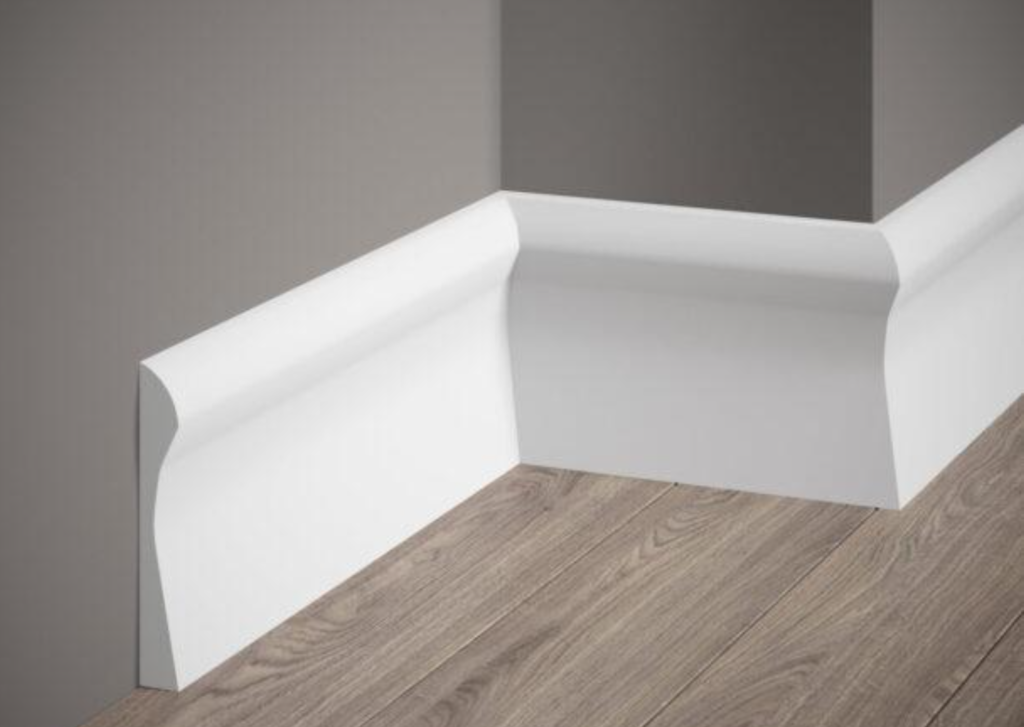When buying a skirting board, several factors should be taken into consideration to ensure you make the right choice for your needs. Skirting boards not only serve the functional purpose of covering the joint between the wall and the floor, but they also add aesthetic value to a room. There are many materials used for skirting and can be found in various shops. You can get the very best from Skirting World.
Here are some important factors to consider when purchasing a skirting board:
- Material
Skirting boards are available in various materials, each with its own advantages and disadvantages. The most common materials used for skirting boards include wood, MDF (medium-density fiberboard), PVC (polyvinyl chloride), and plaster.
● Wood
Wooden skirting boards are popular due to their natural beauty and durability. They can be painted or stained to match the decor of the room, and are available in different wood species such as oak, pine, or walnut. However, wooden skirting boards may require regular maintenance and can be more expensive compared to other materials.
● MDF
MDF skirting boards are made from compressed wood fibers and offer a cost-effective alternative to solid wood. They are easy to install, come in various designs, and can be painted to achieve the desired finish. However, MDF skirting boards are not as durable as solid wood and may be prone to damage from moisture.
● PVC
PVC skirting boards are known for their water-resistant properties, making them suitable for areas prone to moisture, such as bathrooms or kitchens. They are easy to clean, require minimal maintenance, and come in a wide range of styles and colors. However, PVC skirting boards may not have the same aesthetic appeal as wood or MDF.
● Plaster
Plaster skirting boards offer a seamless look as they can be integrated into the wall itself. They provide a smooth finish and can be painted to match the wall color perfectly. However, plaster skirting boards are more expensive than other options and require professional installation.
- Style and Design
Skirting boards come in various styles and designs, allowing you to choose one that complements the overall aesthetic of your room. Some common styles include ogee, torus, chamfered, and bullnose. Consider the architectural style of your home and the existing interior design when selecting a skirting board. Additionally, consider the height and width of the skirting board to ensure it is proportionate to the size of the room.
- Installation
Consider the ease of installation when purchasing skirting boards. Some skirting boards come with pre-drilled holes or adhesive backing for easy installation, while others may require professional assistance. If you are planning to install the skirting boards yourself, choose one that comes with clear installation instructions and necessary accessories.
- Maintenance
Different materials may require different levels of maintenance. Wood skirting boards may need regular polishing or refinishing to maintain their appearance, while PVC or MDF skirting boards are generally low maintenance and can be easily cleaned with a damp cloth. Consider your preference for maintenance requirements when selecting a skirting board.
- Budget
Lastly, consider your budget when buying skirting boards. Cost can vary depending on the material, design, and brand. It is important to strike a balance between quality and affordability to ensure you get a skirting board that meets your requirements without exceeding your budget.
Wrap Up
When buying a skirting board, it is important to consider factors such as material, style and design, ease of installation, maintenance requirements, and budget. By carefully evaluating these factors, you can make an informed decision and choose a skirting board that enhances both the functionality and aesthetics of your space. Visit the very best from Skirting World and get a variety of choices.


